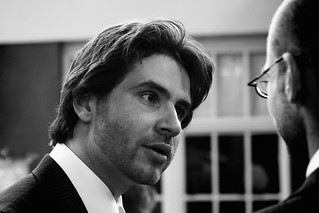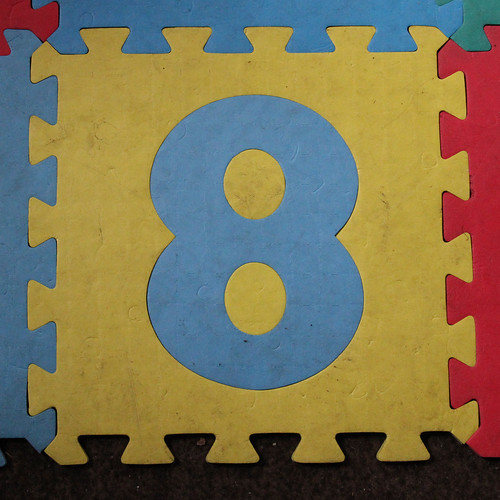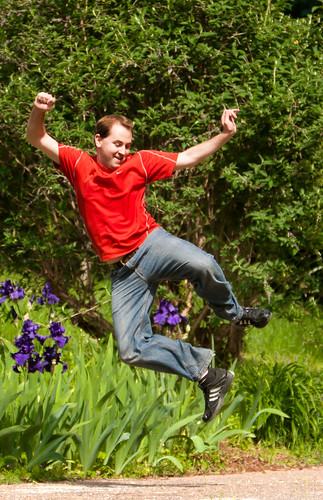 One of the abilities of a coach is the being able to listen - to try to understand another person’s reality, and how they experience and interpret their world. Active listening has been identified as an “important way to bring about changes in people” and an “effective agent for individual personality change and group development” (Rogers & Farson, 1987, Para 3).
One of the abilities of a coach is the being able to listen - to try to understand another person’s reality, and how they experience and interpret their world. Active listening has been identified as an “important way to bring about changes in people” and an “effective agent for individual personality change and group development” (Rogers & Farson, 1987, Para 3).
Most people have heard of active listening; however, it is a tricky skill to pin down. Active listening (sometimes also known as empathic or reflective listening), is described by Salem (2003) as “a way of listening and responding to another person that improves mutual understanding and trust” (2003, Para 1). On the other hand Castleberry and Shepherd (1993) see active listening as a “cognitive process of actively sensing, evaluating, interpreting, and responding to … verbal and nonverbal messages” (p. 36). There are overlapping aspects to each of these two definitions including (on an intellectual and emotional level) listening to:
- focus on verbal and non-verbal cues,
- check accuracy of understanding,
- acknowledge what is being heard (and observed), and
- respond appropriately.
Note that the second definition mentions “evaluating”. However, in most coaching contexts the listener ideally reserves their own opinion or judgement (Whitworth et al, 2007) and doesn’t try to change the mind of the speaker. The listener’s removal of their own agenda, and potential associated criticism, is an integral part of being able to “demonstrate a spirit which genuinely respects the potential worth of the individual, which considers [their]... insights and trusts …[their] capacity for self-direction” (Rogers & Farson, 1987, Para 2). It also helps signal to the speaker that the listener sincerely considers them worth listening to, and that they believe the speaker has something to contribute.
So, active listening in coaching is about you focussing on the other person and listening to what they are saying without interrupting them. It’s about using your own words to act as a sounding board and reflect back to the speaker that you hear their point of view. When someone is listened to, “they tend to listen to themselves with more care and to make clear exactly what they are feeling and thinking” (Rogers & Farson, 1987, Para 3). As such, you need to check your understanding of what has been said - or hasn’t (for example, the gaps and hesitations that reveal feelings and attitudes underpinning the words). This approach enables you to find out more and explore possibilities, as well as to establish real empathy, trust, and mutual respect.
Essentially there are three aspects to active listening: comprehending, retaining and responding (Rothwell, 2010).
- Comprehending: encapsulates the notion of shared communication, and indicates that meaning will need to be identified, negotiated and acknowledged. The aim is to be attentive to what is being said, as well as to other verbal and nonverbal cues. Because there is often other noise, the listener may need to filter it out so that they don’t become distracted.
- Retaining: Memory is an integral part of the listening process and is part of how we process sounds into meaning. Focussed, mindful listening are therefore essential, because momentary lapses in concentration (sometimes caused by visual distractions) can affect memory and retention such that you hear inaccurately, or have to ask for clarification or repetition.
- Responding: Both the speaker and the listener in a successful communication, are interested and active. The listener will be providing feedback that they are interested via noncommittal responses (e.g. “uh huh”), or short questions (e.g. “I’d like to hear more about that”). In face-to-face contexts they may use other visual nonverbal cues too. Depending on the feedback the speaker is receiving, there may be the decision to adjust the communication approach, or even bring the communication to a close.
Active listening is a skill on which you can work. It takes practice to listen and focus on what is being said without bringing in your own agenda. It is a skill that develops the more you use it, and is likely to need you to also reflect on your own underpinning beliefs. Is it worth the effort? In groups that use active listening people are likely “to listen more to each other, to become less argumentative, more ready to incorporate other points of view” (Rogers & Farson, 1987, Para 3). Also, those who develop their active listening skills are likely to establish deep relationships, while also positively impacting their own attitudes; truly a “growth experience” (Rogers & Farson, 1987, Para 3).
References
Castleberry, S., & Shepherd, C. D. (1993), Effective Interpersonal Listening and Personal Selling, Journal of Personal Selling and Sales Management, XIII(1), 35-49.
Rogers, C R., & Farson, R.E. (1987). Active listening. In Communication in Business Today. Eds. R. G. Newman, M. A. Danziger, & M. Cohen. Washington C.C.: Heath and Company.
Rothwell, J. D. (2010). In the company of others: An introduction to communication. New York, NY: Oxford University Press.
Salem, R. (2003). Empathic Listening. In Beyond Intractability. Eds. Guy Burgess and Heidi Burgess. Conflict Information Consortium, University of Colorado, Boulder. Retrieved http://www.beyondintractability.org/essay/empathic-listening
Whitworth, L, Kimsey-House, K, Kimsey-House, H, & Sandahl, P. (2007). Co-active coaching: New skills for coaching people toward success in work and life. Palo Alto,California: Davies-Black Publishing.
Image
In conversation. CC ( BY ) licensed Flickr image by Catriona Savage: https://flic.kr/p/6xEzVr








